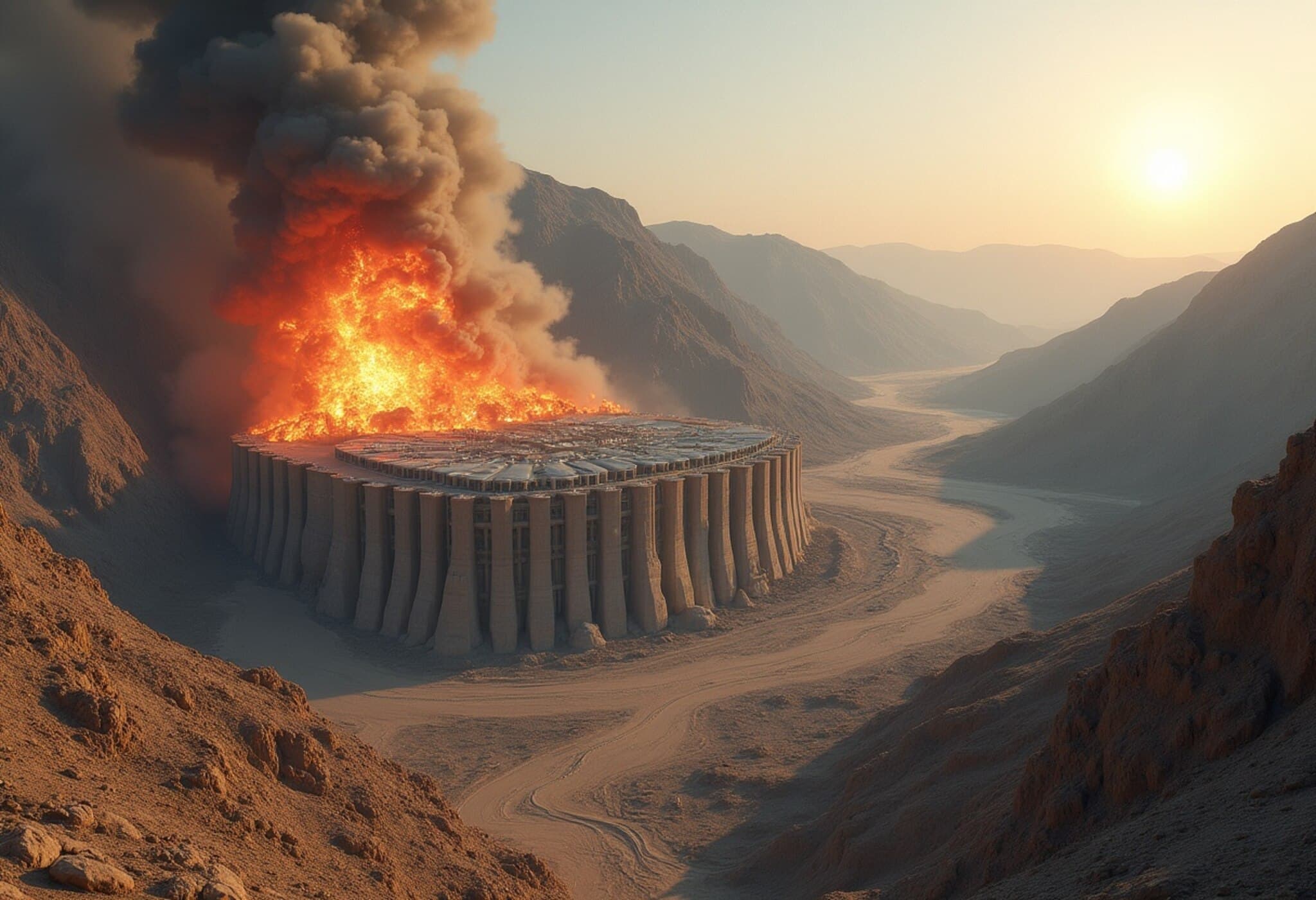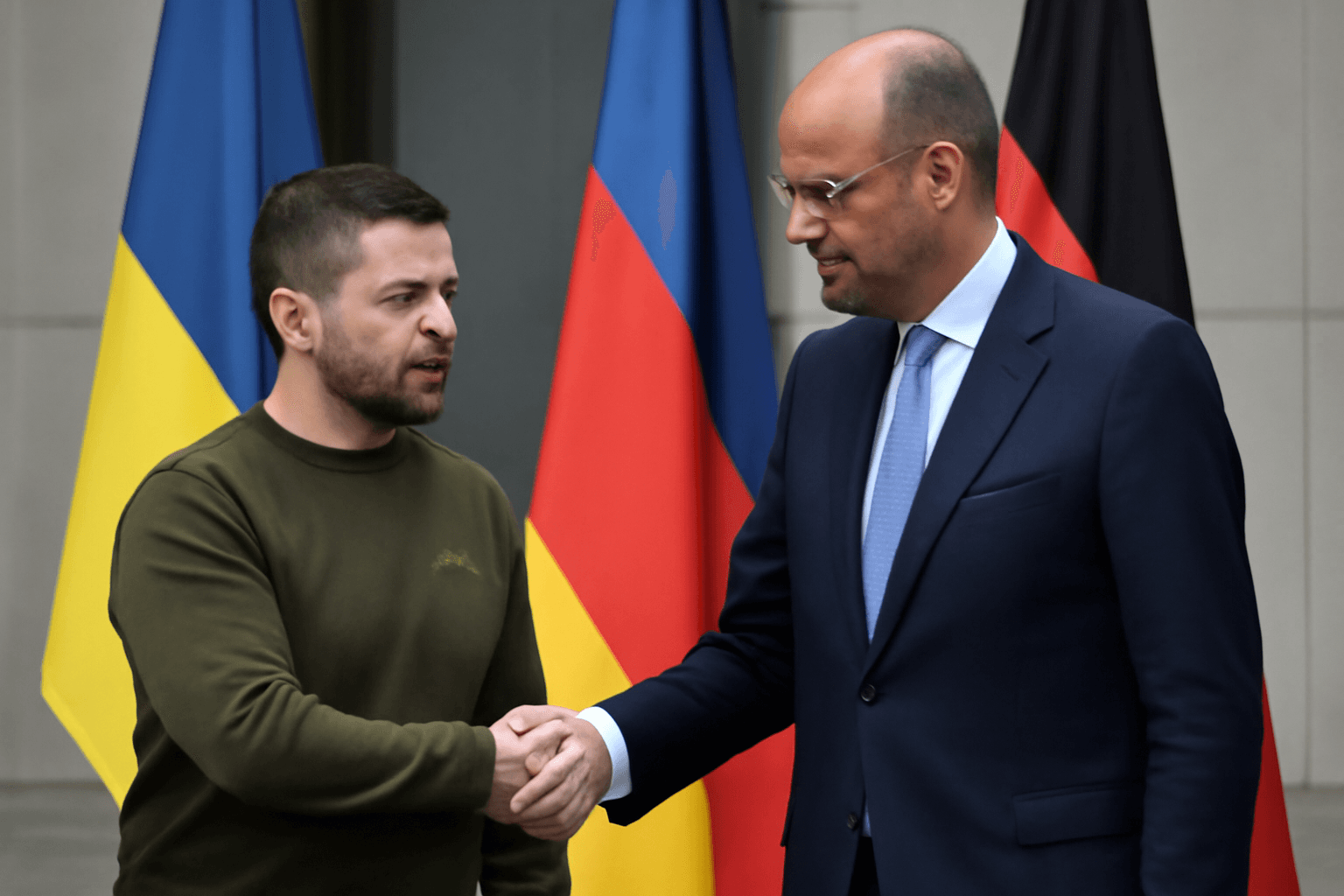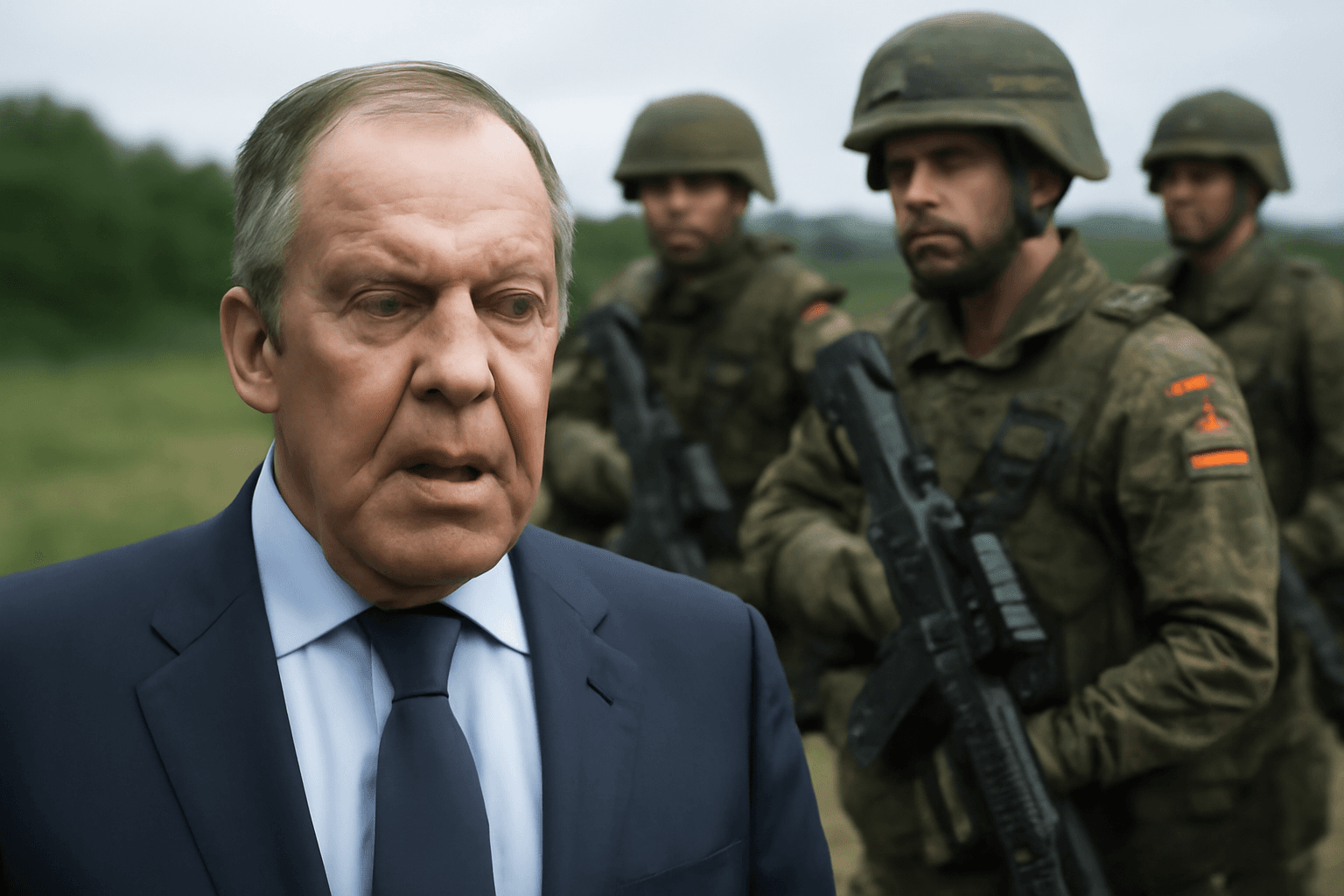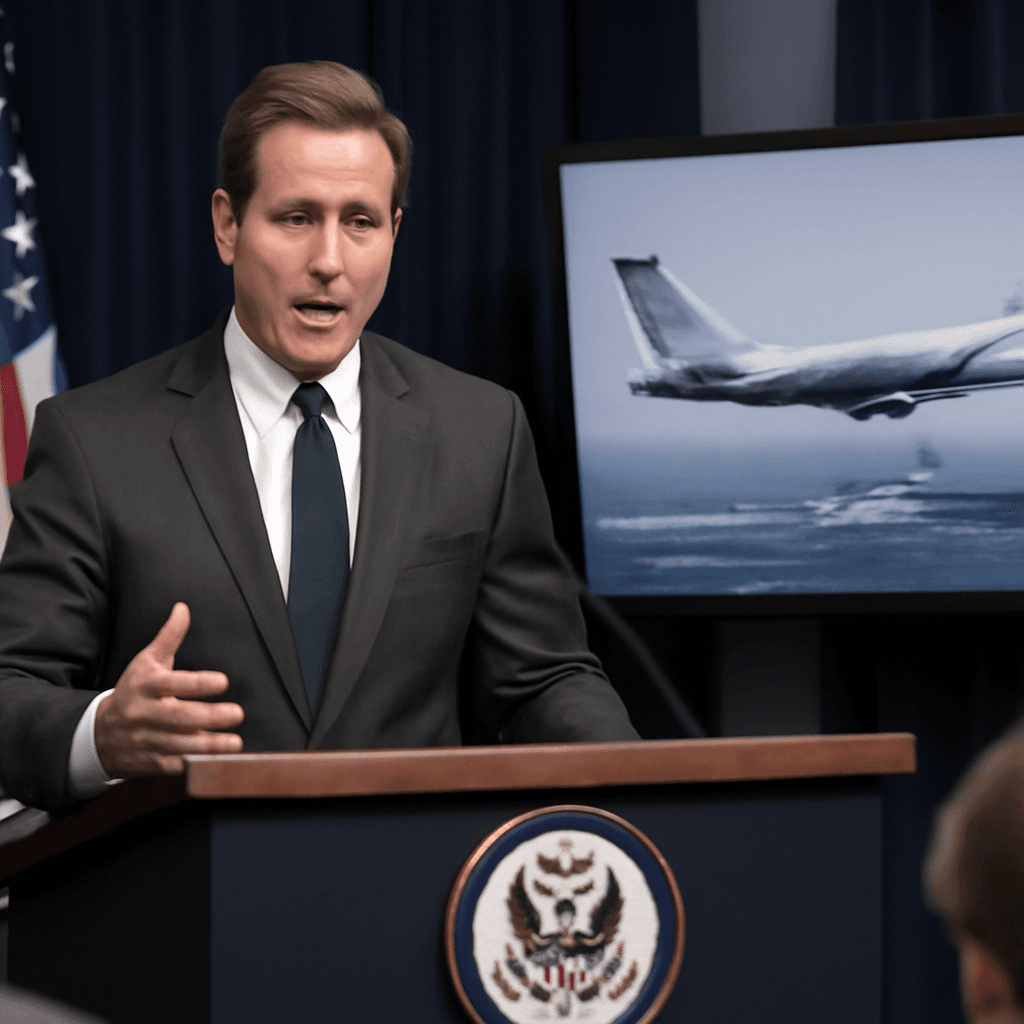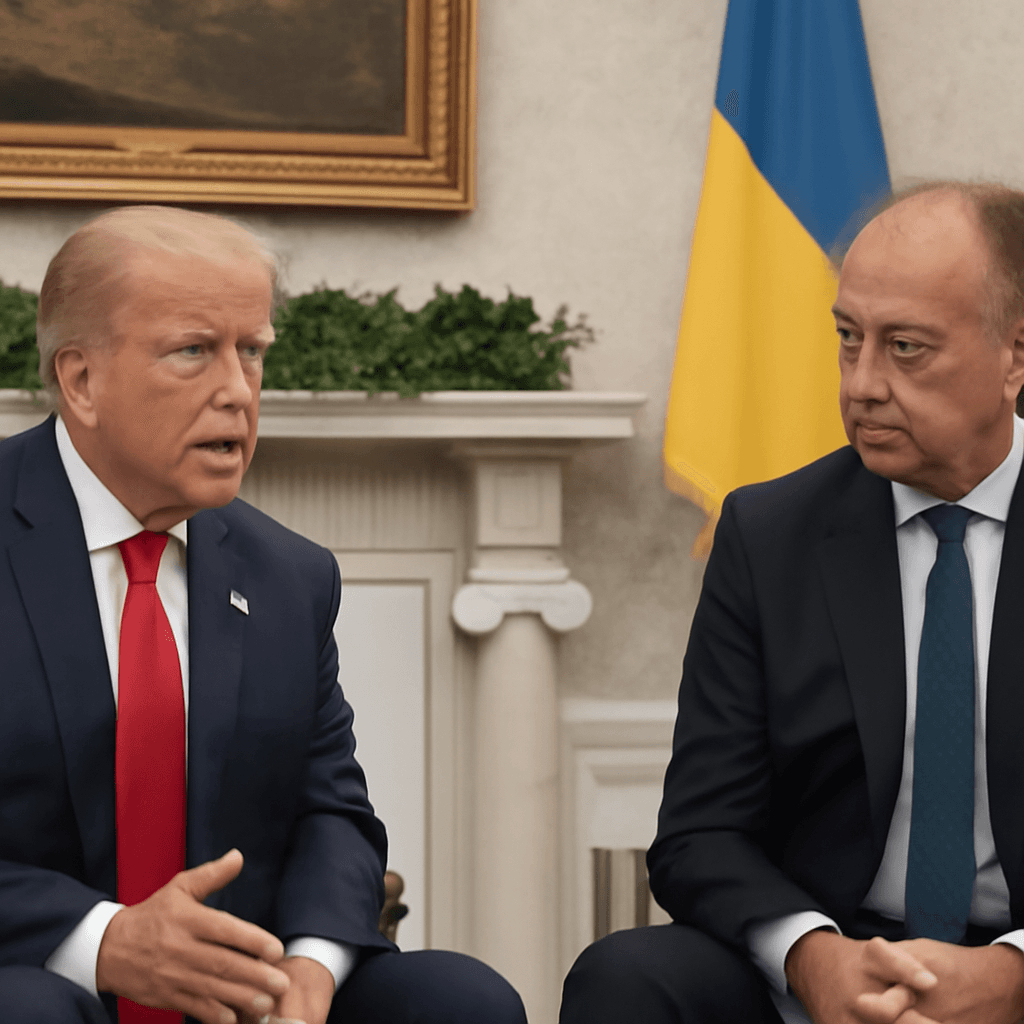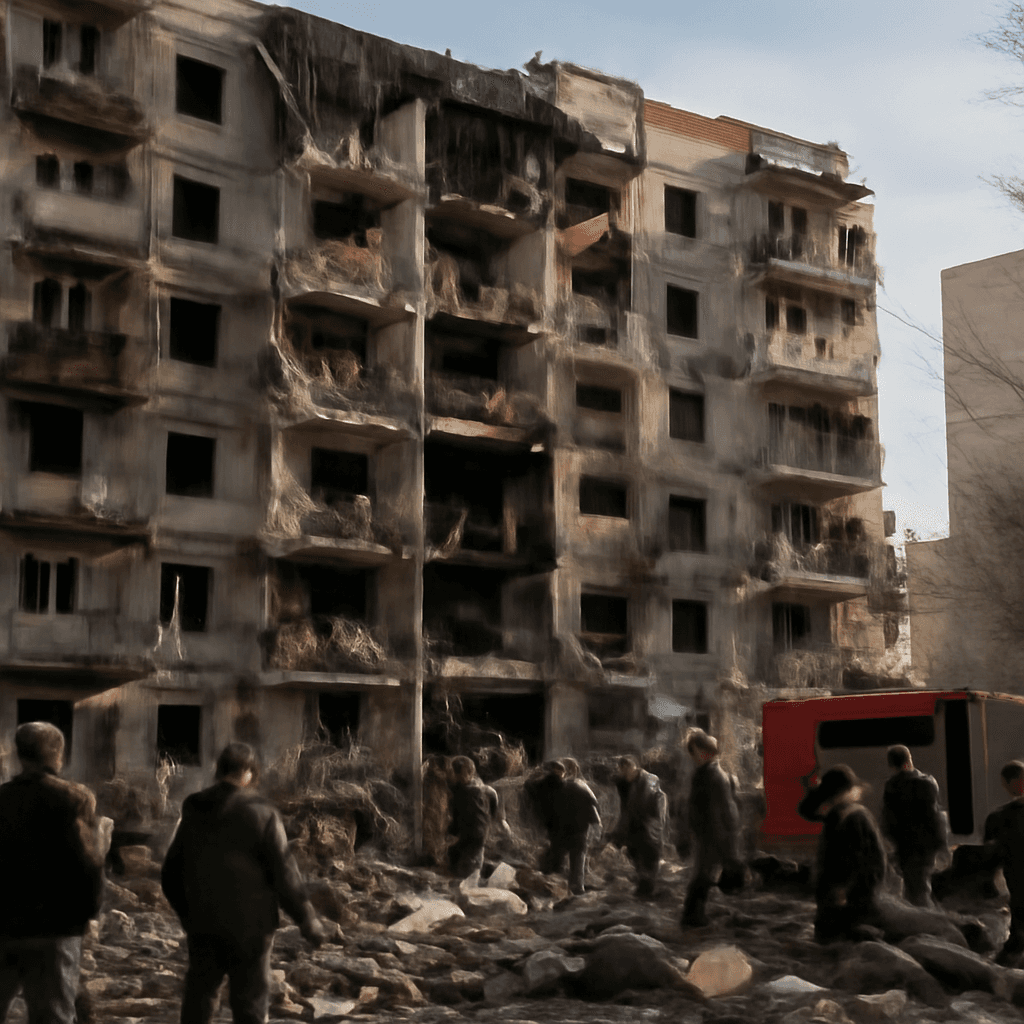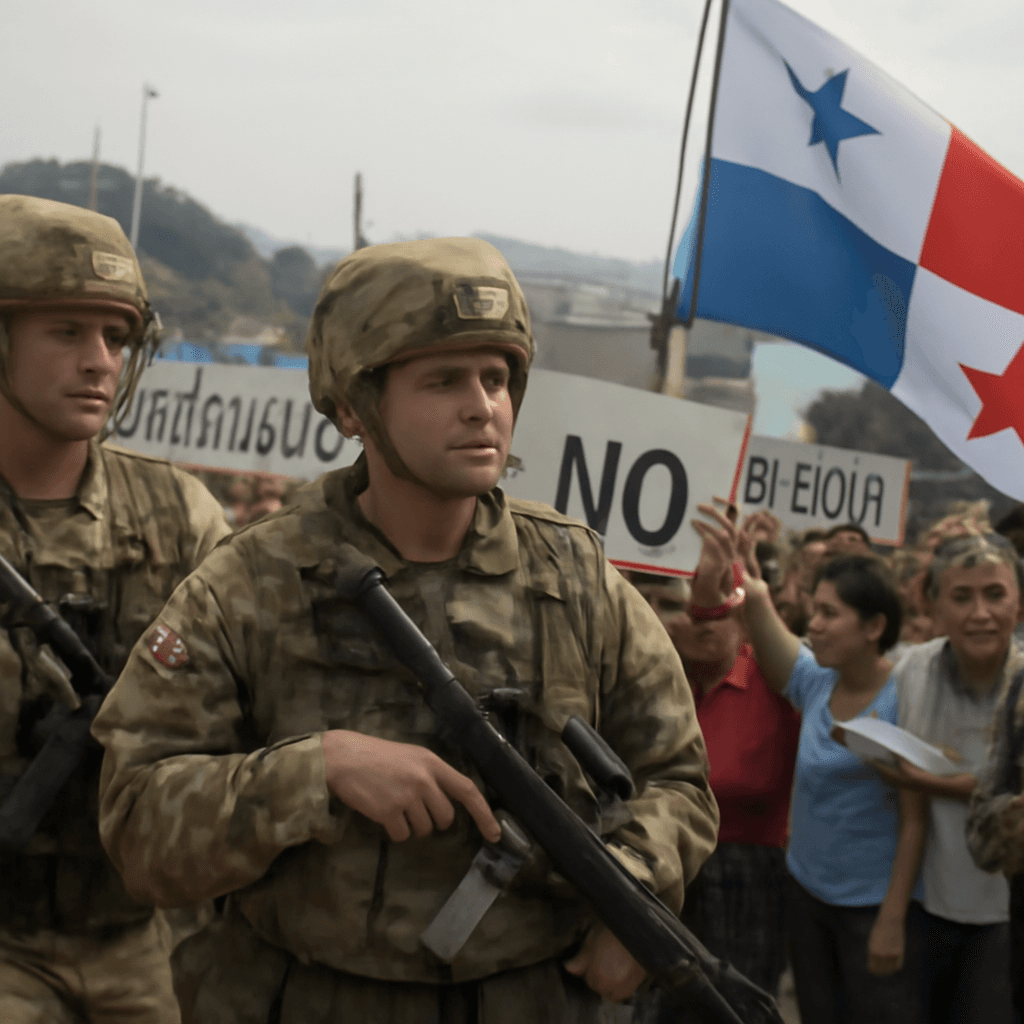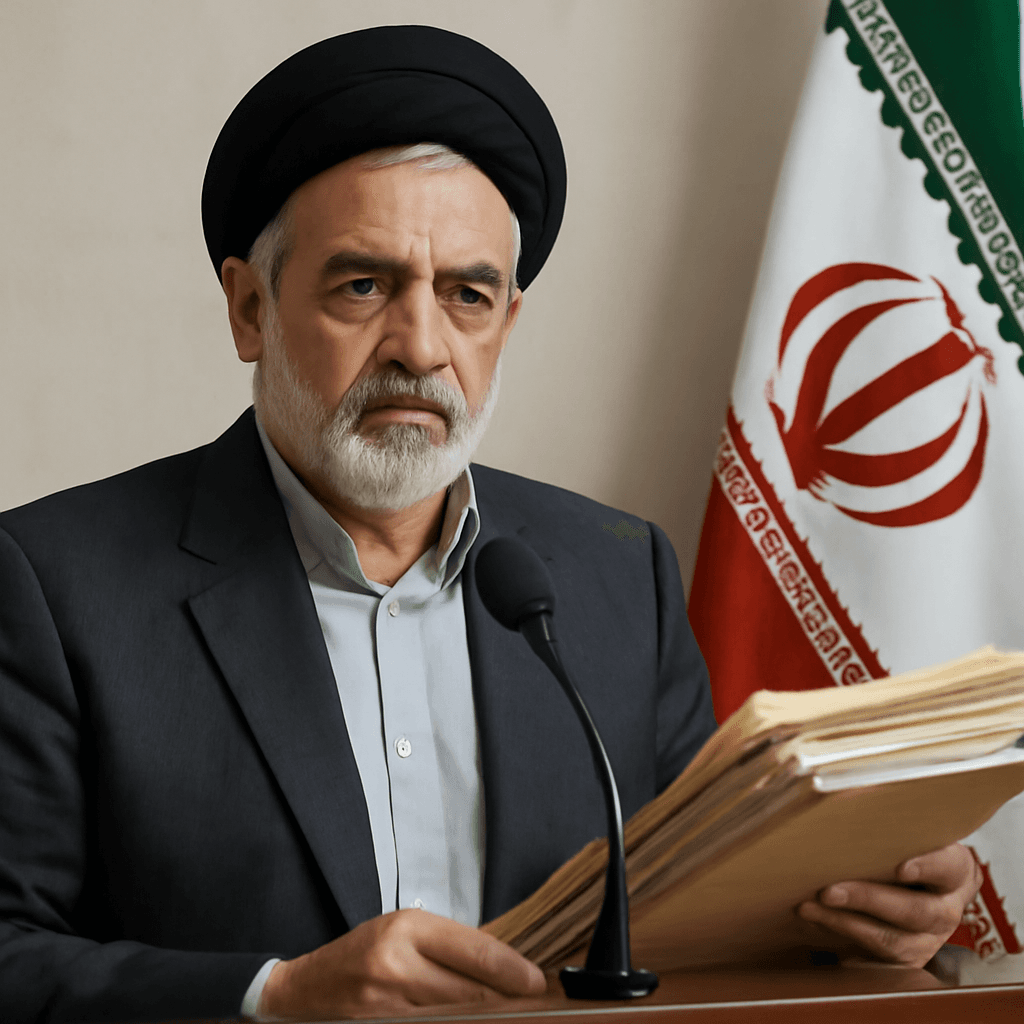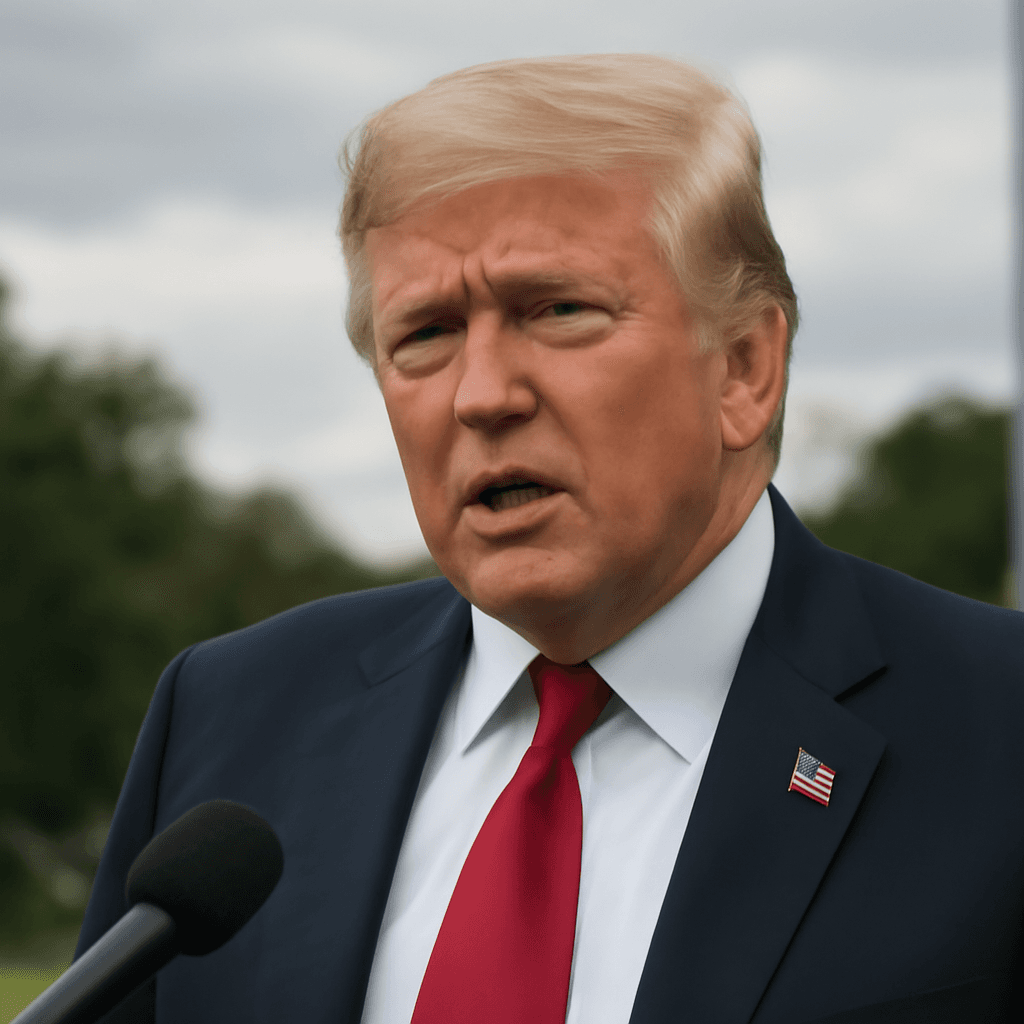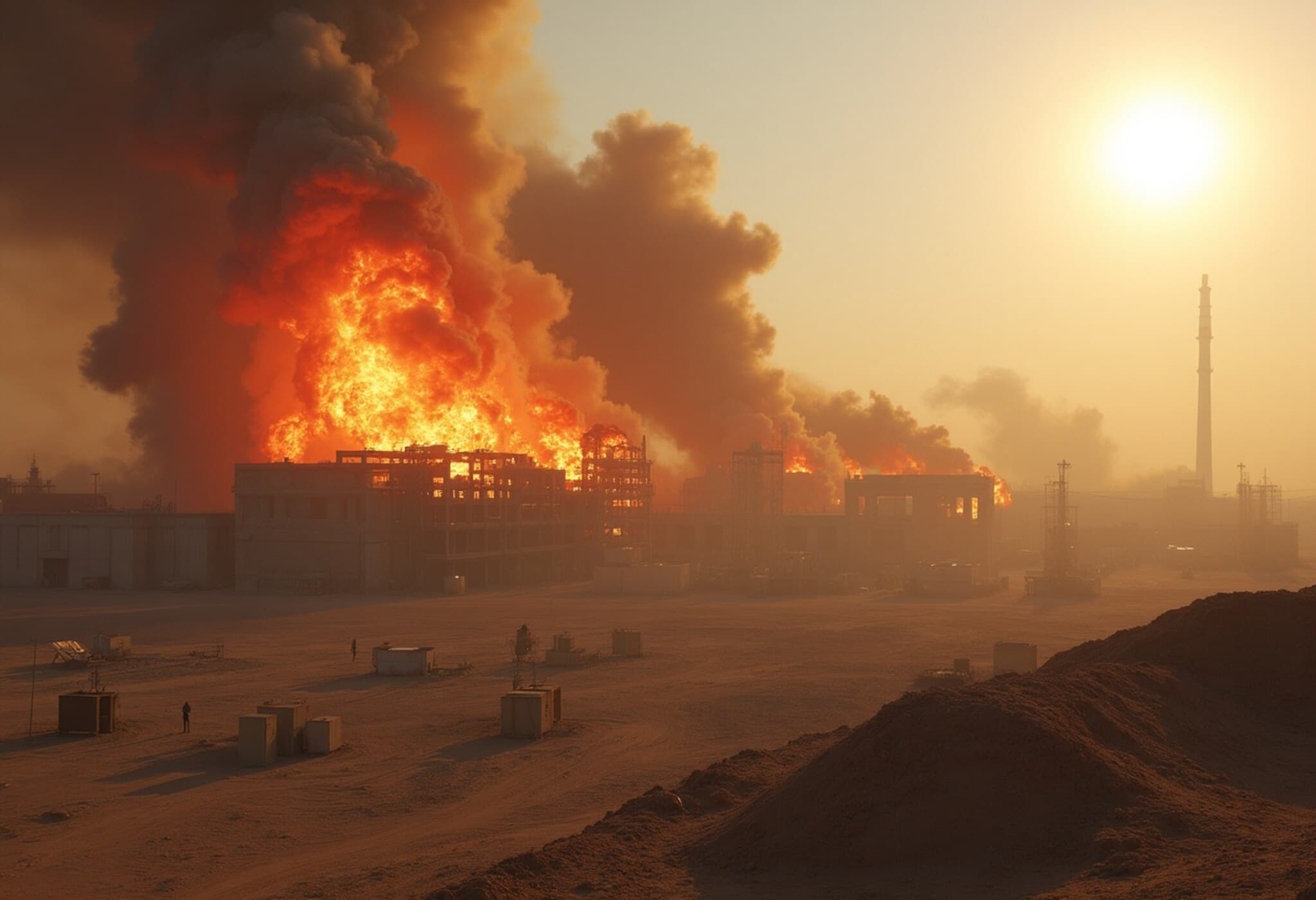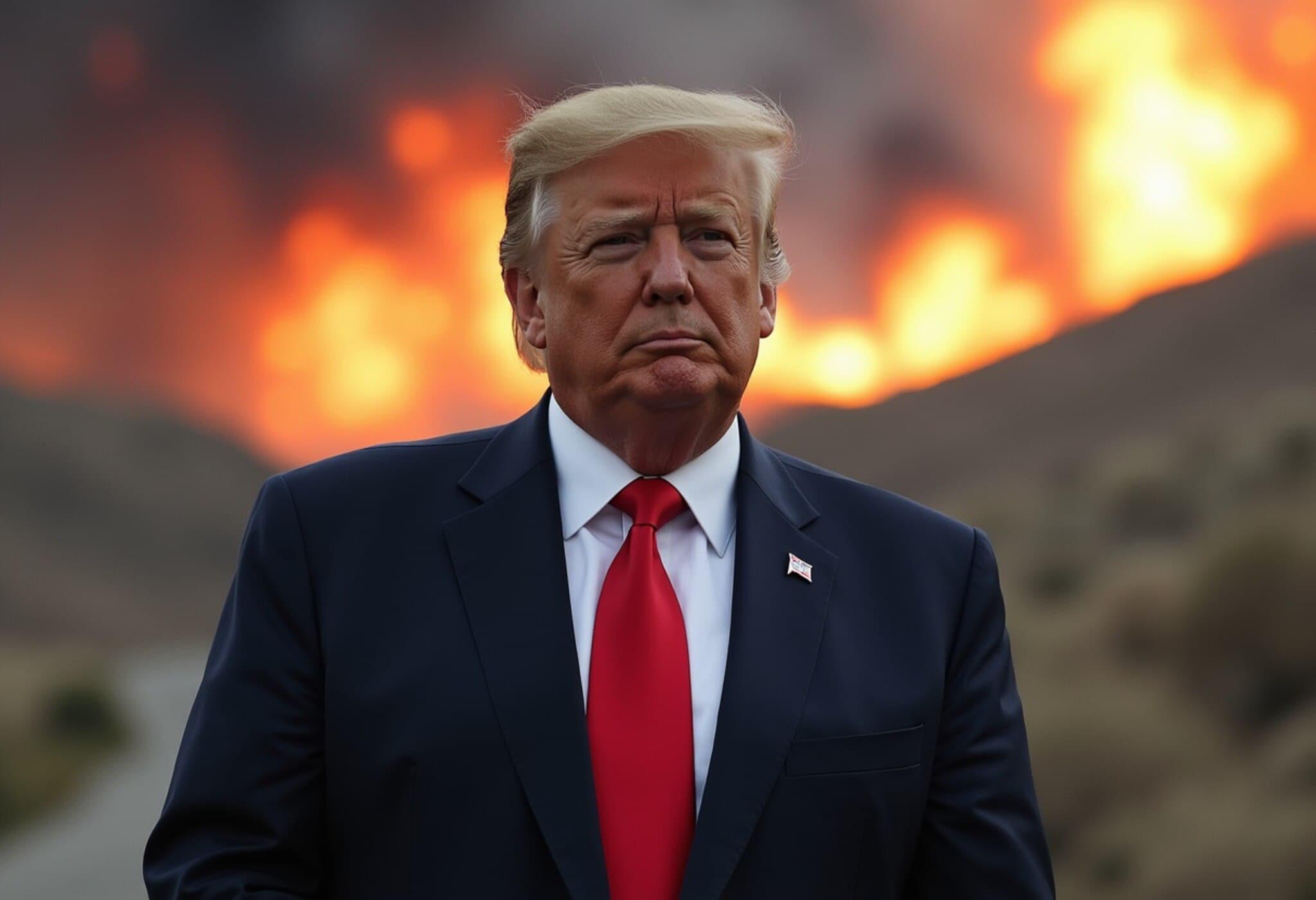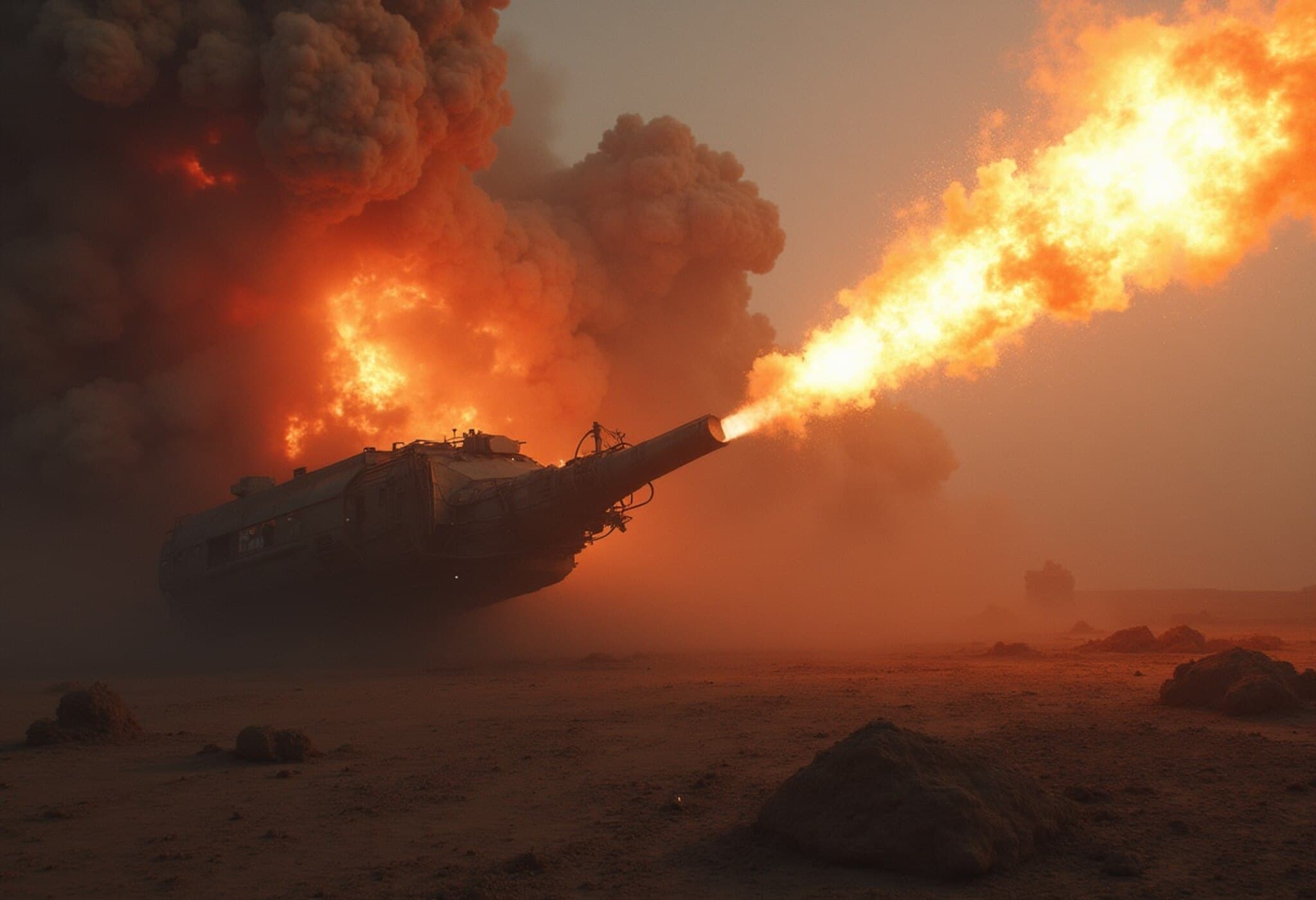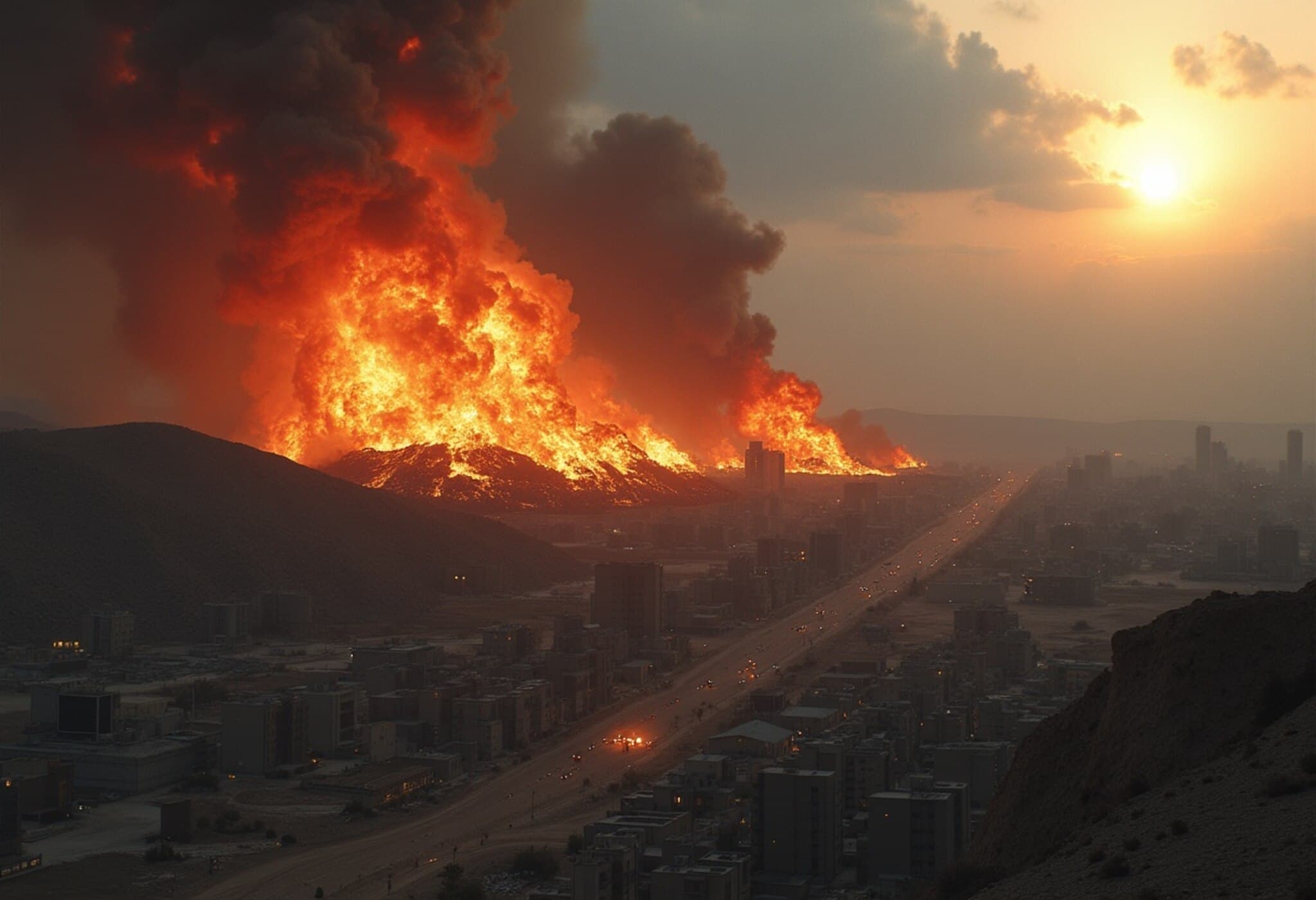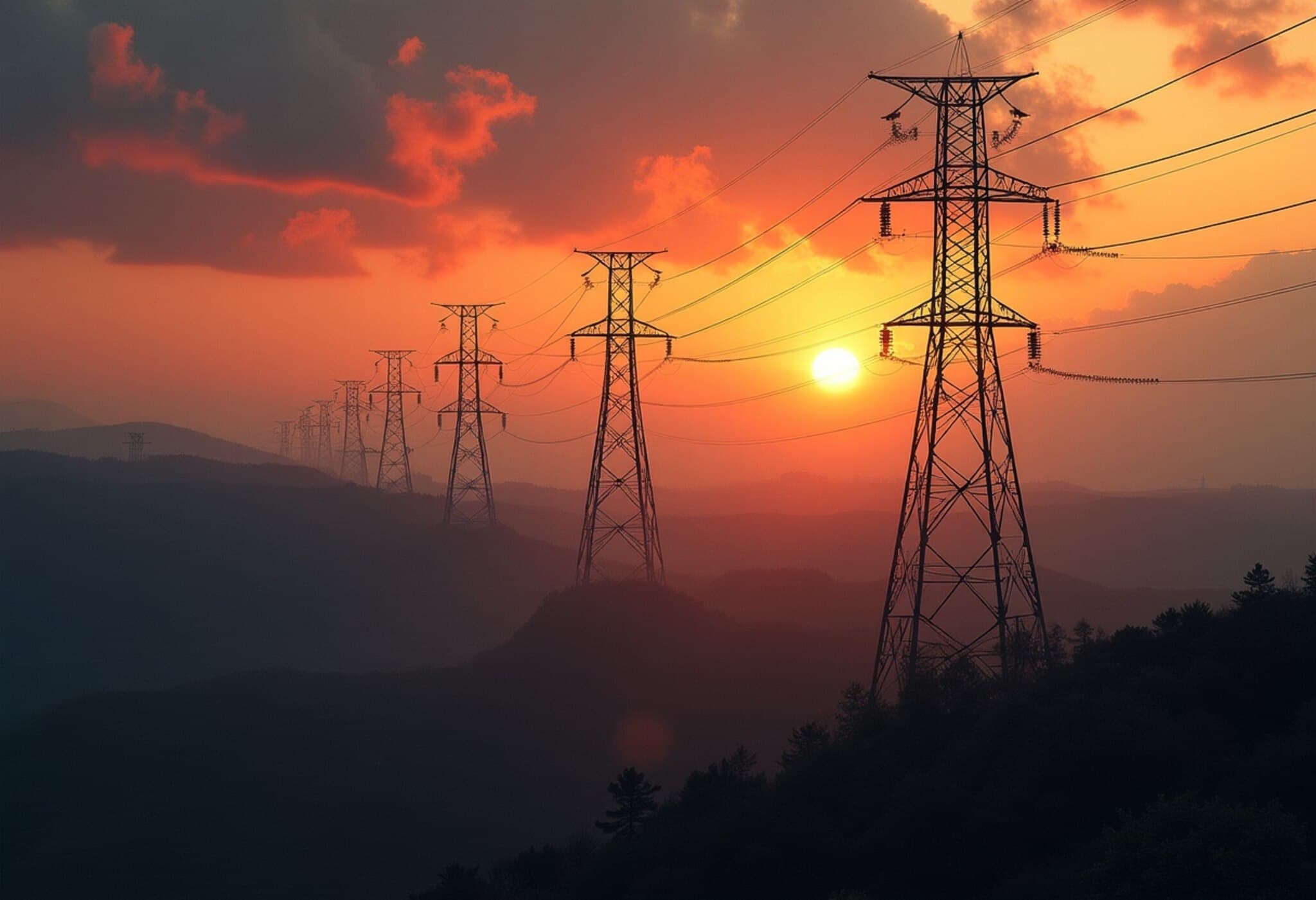The Strategic Depth of Iran’s Fordow Nuclear Facility
Amid intensifying tensions between the United States, Israel, and Iran, the spotlight has turned sharply to the Fordow nuclear site. Hidden nearly 90 meters beneath the rugged mountains near Qom, Fordow stands as a heavily fortified hub housing thousands of centrifuges, including advanced IR-6 units capable of enriching uranium to weapons-grade levels within days.
Disclosed by intelligence agencies in 2009 and revived following the US withdrawal from the nuclear deal in 2018, Fordow’s subterranean location and redundant design symbolize Iran’s enduring nuclear ambition and strategic resilience. Its existence creates a challenge far beyond a mere military target—it acts as a secure bastion, hedging Iran’s nuclear option.
GBU-57 MOP: A Heavyweight Weapon with Operational Challenges
The GBU-57A/B Massive Ordnance Penetrator (MOP) is the United States’ most potent conventional bunker buster, designed to punch through over 60 meters of reinforced concrete or rock. Weighing 30,000 pounds, only the stealthy B-2 Spirit bombers can deliver this formidable weapon, with each sortie carrying a maximum of two bombs.
Despite its impressive technology, the MOP remains untested in actual combat scenarios, raising significant uncertainty about its effectiveness against a complex facility like Fordow. Navigating Iran’s heavily defended airspace to deploy the MOP involves intricate logistics, including electronic warfare support, mid-air refueling, and securing the bombers from multiple threats.
Operational Uncertainties and Limitations
Information regarding Fordow’s precise structure and depth remains classified, which complicates targeting decisions. The facility’s compartmentalized design may reduce the bomb’s destructive impact, allowing parts of Iran’s centrifuge network to survive. Smart fuses help detonate the weapon at optimal depths, but the challenge of verifying success after a strike is formidable, especially if Iran swiftly moves sensitive equipment.
In short, even a perfect strike might only partially disrupt Iran’s nuclear capability, leaving room for the country to restart or adapt its program quickly.
Geopolitical Repercussions of Striking Fordow
A military strike on Fordow would reverberate far beyond the battlefield. Iran’s likely retaliatory actions could extend across the Middle East, targeting US allies, regional partners, and American assets, triggering a broader escalation. Such a move risks deepening regional instability and compromising fragile diplomatic efforts built over years.
The international impact is equally concerning. With the Iranian nuclear agreement already dismantled, a unilateral strike could fracture alliances with European nations and other global stakeholders who favor negotiation and restraint over conflict. It may also undermine ongoing monitoring agreements with the International Atomic Energy Agency (IAEA).
Political Stakes for Trump and the US Administration
Within the US political arena, the decision to employ the MOP is entangled with domestic calculations. President Trump’s hawkish rhetoric, combined with pressure from influential political figures advocating for decisive military action, amplifies the gravity of this dilemma. However, there is tension between hardliners favoring aggression and factions wary of entanglements abroad.
Proposals aimed at limiting presidential authority for launching unauthorized strikes highlight concerns about impulsive military actions driven by political motives. This underscores the delicate balance between demonstrating strength and exercising caution.
The Illusion of a Final Solution
Destroying Fordow, even if completely successful, does not equate to ending Iran’s nuclear ambitions. Iran’s nuclear infrastructure is widely dispersed, with hidden or undisclosed sites and a stockpile of centrifuges ready for redeployment. Recent hints from Tehran about unveiling another 'invulnerable' enrichment facility further complicate the scenario.
Ultimately, such a strike might serve as a tactical win but only a strategic pause, with risks of accelerating Iran's nuclear progress if diplomatic channels collapse.
Lessons from History and the Need for a Comprehensive Strategy
History reminds us that military strikes alone rarely end nuclear proliferation. Past episodes, including Iraq’s nuclear program containment and Israel’s sabotage of Natanz, have slowed but never decisively stopped development. A strike on Fordow could rally Iranian nationalism, prompt nuclear acceleration, and fracture global consensus.
Therefore, reliance on the MOP as a silver bullet overlooks the necessity for an integrated approach that fuses coercion with credible diplomacy and intelligence. Fordow’s destruction is but one puzzle piece and cannot substitute a broader strategic framework.
Balancing Force and Diplomacy in a High-Stakes Scenario
The decision to deploy the MOP against Fordow is fraught with operational uncertainty and geopolitical risk. While demonstrating military capability is essential, initiating such a strike without a nuanced strategy may prove counterproductive, undermining regional stability and long-term global security objectives.
Ultimately, the challenge lies in weighing immediate tactical gains against potential repercussions, requiring leaders to act with measured prudence rather than reactive aggression.

